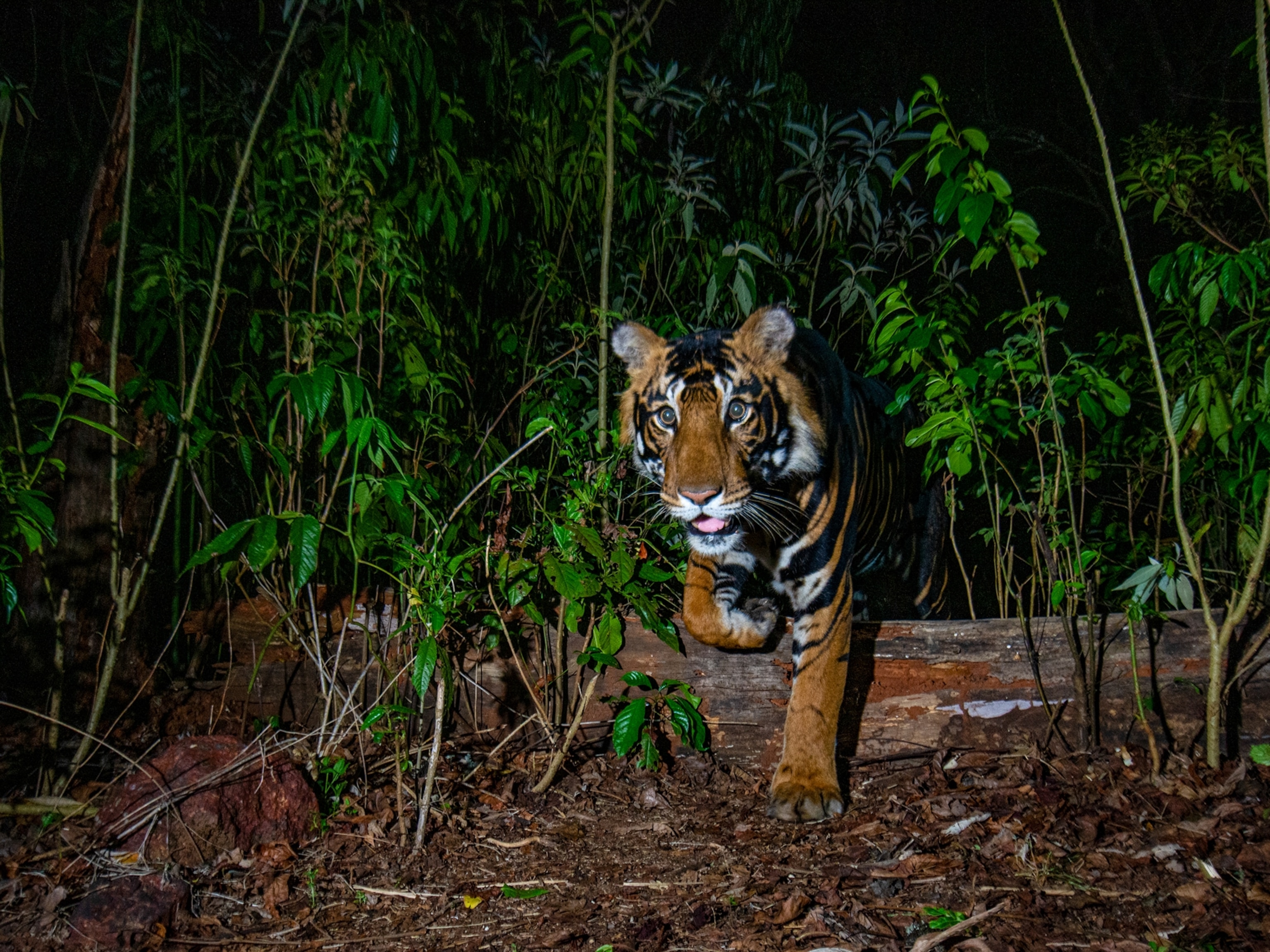An Incredible Look at a Monkey Being Born
Geladas typically give birth in total seclusion. Here's how one photographer got a rare image of a monkey in labor.
How do you capture a rare, remarkable moment that's over in the blink of an eye? Photographer Jeff Kerby found himself with an unbelievable frame while on assignment for National Geographic in Ethiopia photographing gelada monkeys.
While Kerby and a team of researchers were standing near a group of female geladas, one of them—visibly pregnant—started to go into labor. Kerby captured frame-by-frame as the infant emerged, two stunned faces attached to the same body.
How did he do it? "I took advantage of having been a biologist before becoming a photographer," says Kerby, who is also a National Geographic explorer. He had observed geladas for years, so when he saw the pregnant monkey walk away from her group (rare behavior) and fall silent (even rarer), he grabbed his telephoto lens and followed her.
What followed were 20 agonizing minutes of contractions, muscle spasms, and rapid changes in position. Kerby, staying still, watched from 15 feet away, having chosen his position deliberately to watch unobtrusively but in full-color clarity. The combination of the infant's slow arrival and Kerby's strategic vantage point yielded an image worth a double take.
Geladas usually deliver their young in seclusion; even gelada researchers are lucky to witness one or two births in their entire careers. So a photo series showing a birth is extremely uncommon. And in the work of wildlife conservation—a field often focused on declining populations and habitat loss—the series is also uplifting. A species observed not at its end, but in a moment of beginning.













